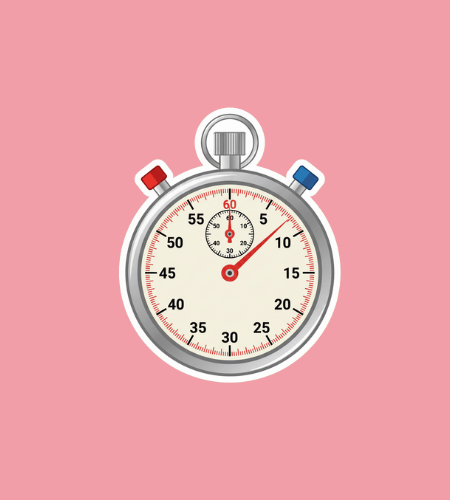There is one day each year dedicated to raising awareness about stroke—World Stroke Day, observed on October 29. It’s a day when communities worldwide come together to shine a light on how stroke affects lives, how it can often be prevented or treated, and how every minute truly counts.
History of World Stroke Day
The idea of a global focal point for stroke awareness was born through the efforts of the World Stroke Organization (WSO). According to the records, the day has been held annually on October 29 since at least 2006. In its early years, the intention was to bring attention to how widespread and devastating strokes are — how they’re both a health and society issue, not just a personal one.
Over time the campaign evolved from raising general awareness to emphasizing prevention, recognizing symptoms quickly, and improving life after stroke. For example, the WSO’s 2025 campaign focuses on knowing the signs of stroke and taking immediate action. 1
Why is World Stroke Day important?
World Stroke Day reminds us that a stroke isn’t an isolated event — it touches individuals, families, communities, and healthcare systems. It’s a call to wake up to the fact that “just another health scare” can become “life changed forever” unless we act. Many people still don’t recognize the signs of a stroke. For instance, sudden face drooping, arm weakness, and slurred speech — these may seem minor at first, but they signal something urgent.
And then there’s the flip side: supporters, survivors, and caregivers. The day invites us to consider not only prevention and acute care but also recovery, rehabilitation, and the “what next” after a stroke. Being aware changes the narrative from “when it happens” to “what we can do now.” For many survivors, that awareness means the difference between being stuck in limbo or finding a path forward.
Here are some simple reflections on why the day matters:
- It reminds us that stroke can happen to anyone, not just the elderly or the obviously unwell.
- It highlights the importance of recognizing symptoms early, because time lost is brain lost.
- It draws attention to modifiable risk factors—habits and health choices that matter.
- It gives voice to survivors and caregivers, whose stories help others feel less alone.
- It prompts us to push for better systems and policies so that if a stroke happens, the response is as good as it can be.
How to Celebrate World Stroke Day
Celebrating doesn’t have to be elaborate. On this day you can simply choose to learn something new, share a message, or check in on someone you know. For example, you might spend a few minutes watching a short video about stroke symptoms, then share what you’ve learned with a friend or family member. Or you might join a local online event, or even just have a conversation with your colleague about healthy lifestyle habits and ask, Do you know what a stroke sign looks like?
You can also use the day to commit to small personal changes — maybe you’ll choose to check your blood pressure, reduce salt in your diet, go for a walk, or quit a habit you know increases risk. When many people make small shifts, the impact adds up.
Here are some easy things you could do:
- Learn and memorize the F.A.S.T. signs (face drooping, arm weakness, speech difficulty, time to act).
- Encourage someone you know to join you for a quick health check‑in (blood pressure, smoking, activity).
- Share a post or story on social media about stroke awareness to help spread knowledge.
- If you’ve known someone affected by a stroke, reach out to them—ask how they’re doing, listen, and show you care.
- In your workplace or community group, suggest a 10‑minute talk or poster about stroke—raising awareness doesn’t require a big budget.
World Stroke Day Dates Table
| Year | Date | Day |
|---|---|---|
| 2025 | October 29 | Wednesday |
| 2026 | October 29 | Thursday |
| 2027 | October 29 | Friday |
| 2028 | October 29 | Sunday |
| 2029 | October 29 | Monday |
Subscribe to our newsletter and never miss a holiday again!

